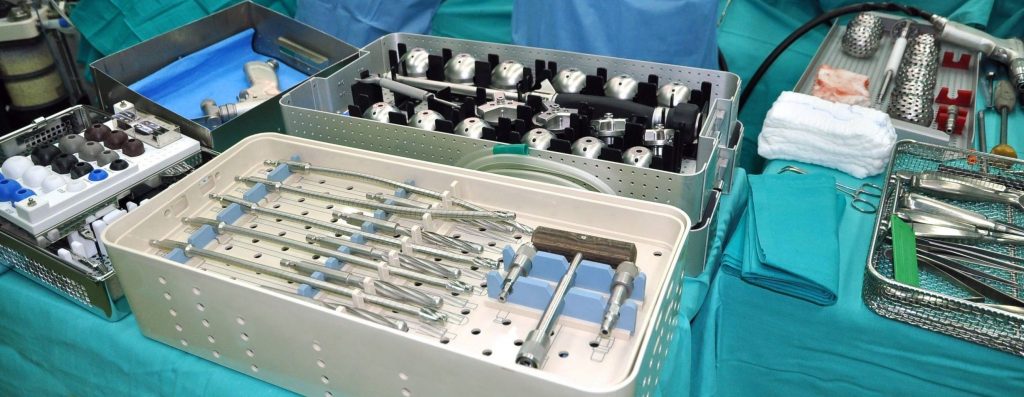With the technology available to CSSDs and their teams, it’s now easier than ever to label and track trays, instruments, or both. So which approach has your team taken? Do you label your trays and not your instruments or have you invested in instrument-level labeling?
If you’re unsure of how they differ or what the pros and cons are of either, consider this example: let’s think of labeling and tracking to the tray level as labeling and tracking hospitals. You might know how many hospitals currently operate in any given state or region, but you have no way of knowing how many patients are inside any of them.
In contrast, labeling and tracking to the instrument level would be the equivalent of labeling and tracking each patient within those hospitals. When you opt for instrument level labeling, you can track not only all of your trays but every instrument within those trays; you acquire complete visibility of your assets throughout the entire perioperative loop.
Considering the risk and cost associated with misplaced, lost, or improperly processed assets, possessing that visibility becomes priceless should a patient be compromised or expensive assets go missing.
Tray or Instrument Level Labeling?
The high cost and time commitment are a few common reasons we hear when teams choose not to track to the instrument level. While both the time and financial investment for instrument level labeling might be higher upfront, the long-term benefits are unmatched compared to tray labeling and tracking. If you’re still unsure of which one is right for you, here are a few key differences are broken down for you:
Tray Labeling
- Only requires trays to be labeled and therefore tracked
- Any instrument can be matched to any tray
- Easier to adopt for first-time labelers and trackers
- Unable to provide historical data on where individual instruments were used
- Tracks a tray to a patient but unable to track individual instruments to patients
- Poses liability threat for hospitals should a patient be comprised by an instrument that is untrackable
- Unable to track down missing instruments that are separated from their trays
Instrument Level Labeling
- Provides complete visibility for the hospital where every instrument has ever been used
- Makes it easier to identify which asset(s) is at fault should an infection or outbreak occur
- Requires that specific instruments be paired with specific trays
- Provides real-time data to inform maintenance schedules
- Can present a learning curve for technicians; often takes more time scanning at each step of processing
- Often requires a larger financial cost for teams
After taking a quick glance over the differences between the two, which method sounds right for your facility?
Your Instrument, Tray Labeling
Labeling assets—whether trays or instruments—can be seen as a painful process, but it doesn’t have it to be. With Censis at your side, you can streamline the process, efficiently manage your automation, and rest assured your team is being trained and educated by the best professionals in the field. Contact our team today to see how you can get started.


